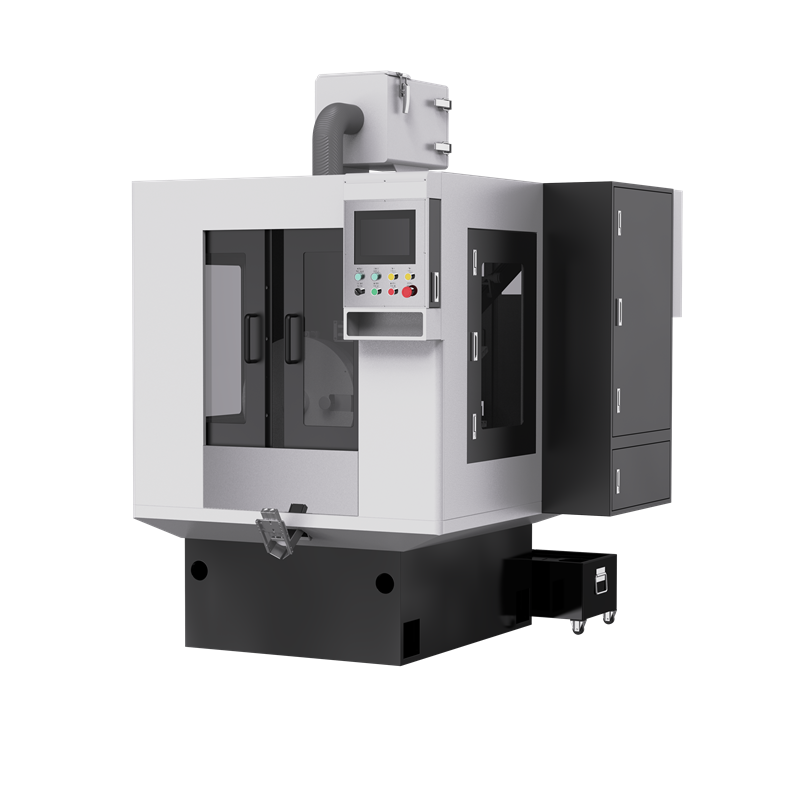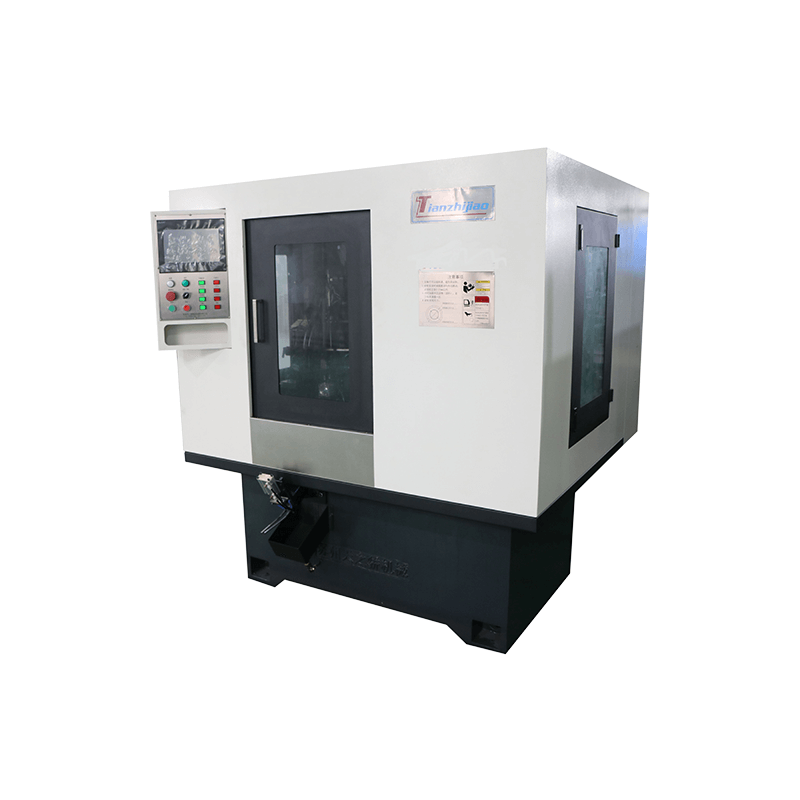© 2019 Suzhou Tianzhijiao Precision Machinery Co.,Ltd. All rights reserved. Site Map Designed by iwonder.cn
Valve grinding machines are critical tools used in the automotive, aerospace, marine, and heavy machinery industries. These machines are designed to maintain or restore the functionality of engine valves by ensuring perfect contact surfaces between the valve and its seat. In high-performance engines and even standard internal combustion engines, valve integrity directly influences engine efficiency, performance, and lifespan.
This article will explore in depth what a valve grinding machine does, how it works, its components, and its importance in engine maintenance and overhaul processes.
Before diving into the operation of valve grinding machines, it’s essential to understand what engine valves are and why they matter. Engine valves regulate the intake of air-fuel mixtures and the expulsion of exhaust gases in internal combustion engines. These valves open and close at precise intervals to ensure optimal engine timing and performance.
Over time, valves and valve seats undergo wear due to heat, combustion pressure, and mechanical stress. This wear leads to poor sealing, loss of compression, reduced engine efficiency, and ultimately engine failure if not addressed.
A valve grinding machine, also known as a valve refacer or valve grinder, is a specialized tool used to restore the mating surfaces of engine valves and valve seats. It grinds the face of the valve to restore a smooth, uniform surface that can seal properly against the valve seat in the cylinder head.
There are two primary parts of the valve that may need grinding:
Valve face – the angled surface that contacts the valve seat.
Valve seat – the corresponding angled surface on the cylinder head that mates with the valve.
Grinding both surfaces ensures a tight seal and precise fit, which are essential for efficient engine operation.

The primary function of the valve grinding machine is to resurface the valve face. The grinding wheel of the machine is positioned against the valve face, and material is removed in small increments. This process ensures a smooth, flat surface with the correct angle (typically 45° or 30°, depending on engine design).
Although valve grinding machines mainly focus on the valve itself, many workshops use them alongside valve seat grinding equipment. The combination ensures both mating surfaces are perfectly matched, eliminating leaks and improving combustion chamber sealing.
Valve grinders often come with tools or attachments that help remove carbon build-up and other debris from the valve stem and face. This ensures a clean surface prior to reassembly and contributes to better grinding precision.
To achieve precision in valve repair, valve grinding machines are equipped with several key components:
Grinding Wheel: This abrasive wheel is used to grind the valve face. Its type and grit size can vary depending on the material of the valve.
Chuck or Collet Mechanism: Holds the valve stem securely while allowing rotation and correct positioning.
Angle Adjustment Mechanism: Allows the user to set the correct grinding angle according to manufacturer specifications.
Coolant System: Many machines feature a built-in coolant system to prevent overheating and ensure a clean grind.
Micrometer Adjustments: These allow for precise control over the amount of material being removed.
The valve is mounted on the chuck, and the desired angle is set. When the machine is turned on, the valve spins against the rotating grinding wheel. Using the micrometer feed mechanism, the operator advances the valve into the grinding wheel in controlled increments.
As the grinding wheel removes material, the operator ensures even contact across the entire valve face. After grinding, the valve is cleaned, and the seal is checked using techniques such as lapping or dye penetration testing to verify accuracy.
Several variations of valve grinding machines exist to suit different workshop needs:
These machines require the operator to manually control the grinding process. Though slower, they offer high control and are often used in small-scale workshops.
These machines combine manual setup with automated grinding cycles. They increase productivity while maintaining acceptable control and accuracy.
Ideal for high-volume operations, these machines can grind multiple valves in a sequence with minimal human intervention. They offer precision and repeatability at scale.
Valve grinding is a critical step in engine rebuilding and maintenance for several reasons:
Improved Compression: Ensures tight sealing of combustion chambers.
Reduced Fuel Consumption: Prevents fuel wastage caused by leaking valves.
Enhanced Power Output: Promotes proper air-fuel mixture intake and exhaust expulsion.
Longer Engine Life: Reduces stress on engine components and improves overall performance.
Neglecting valve grinding can lead to symptoms such as rough idling, loss of power, engine misfires, and high emissions.
Modern valves are made from materials such as stainless steel, chromoly steel, or even titanium in high-performance applications. Each material requires a different grinding approach:
Harder metals: Need specialized grinding wheels (e.g., CBN or diamond).
Heat-resistant alloys: Require slow grinding speeds and constant coolant flow.
The choice of wheel material and coolant plays a major role in achieving the right finish and extending tool life.

Precision is critical, and so is safety. Operators should follow these best practices:
Always inspect valves before grinding; cracked or warped valves should be replaced, not reground.
Use the correct angle and wheel type recommended by the engine manufacturer.
Ensure that all fixtures are tightly secured before grinding.
Use protective gear to shield from metal particles and grinding debris.
A valve grinding machine is more than just a workshop tool—it's a critical piece of equipment in the engine repair and rebuilding process. By restoring the valve face and ensuring a perfect seal with the valve seat, this machine helps engines maintain performance, efficiency, and reliability.
In professional repair facilities and engine rebuilding centers, valve grinders are indispensable. With proper operation and maintenance, they can significantly extend engine life and reduce overall vehicle downtime. Whether you’re a hobbyist or a seasoned technician, understanding what a valve grinding machine does equips you with the knowledge to keep engines running at their best.
By continuing to use the site you agree to our privacy policy Terms and Conditions.